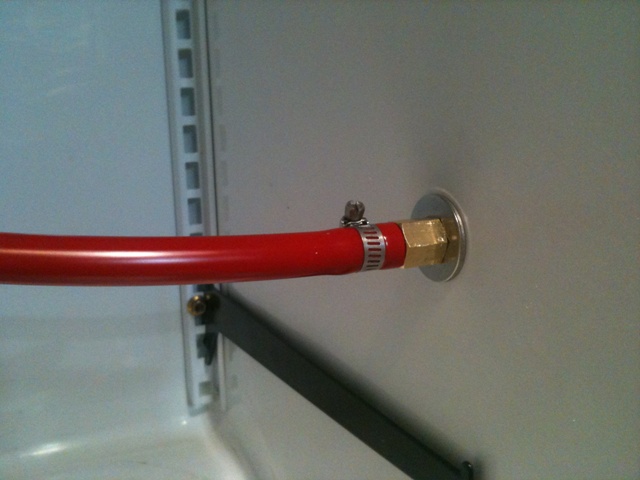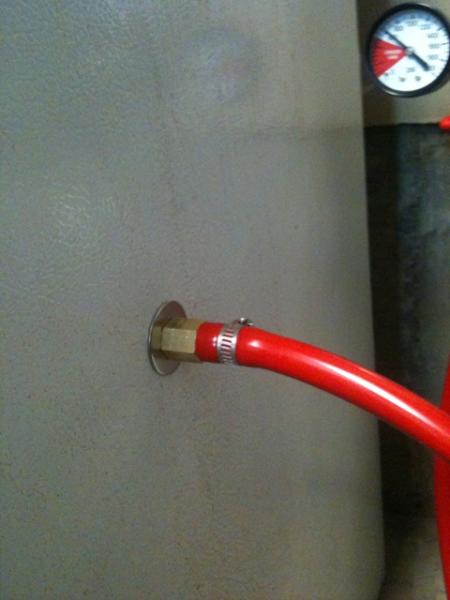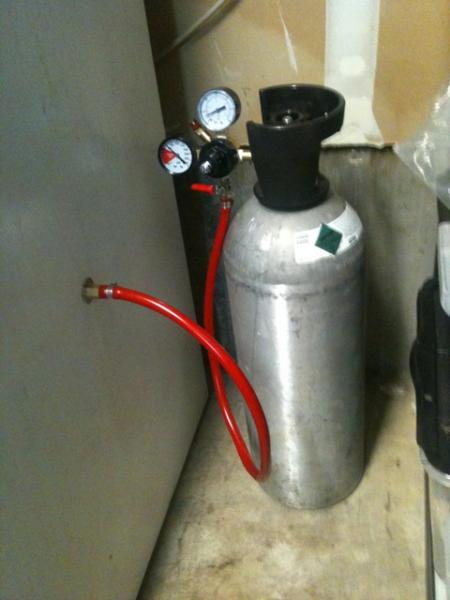Sublime8365
Well-Known Member
So I'm planning on making the necessary modifications to my kegerator so I can have my CO2 tank on the outside of the fridge. I'm doing this because I want to be able to carb my kegs on the outside while dispensing beers on the inside (I've also heard that the lower temp in the fridge can throw off the readings on the regulator, is this true?). I already have the kegs and have a dual gauge regulator. I have the tools to drill the holes in the side too. I plan on just sticking the air hose through the holes and using some insulation that I have from my build to plug up the holes to make sure not much can escape.
My question is, what other parts do I need?
2 of these - http://www.austinhomebrew.com/product_info.php?products_id=2000
2 of these - http://www.austinhomebrew.com/product_info.php?products_id=1674
Plus the hose and clamps to connect the 2 way distributors to my reg (so 2 short pieces of hose and 4 clamps).
That should cover it right? Is there any other way I should be approaching this?
Also, I have problems with too much foam when I pour. I figure this comes from beer lines that are too short (I think mine are only 5'), warm beer in the tower (I tried putting in a lot of insulation and used copper piping that runs down into the fridge but that doesn't seem to work), improper carbonation (I usually try natural carbing), or a combination of those things. I plan on doing this project regardless, but do you think it will help my foaming problems much?
My question is, what other parts do I need?
2 of these - http://www.austinhomebrew.com/product_info.php?products_id=2000
2 of these - http://www.austinhomebrew.com/product_info.php?products_id=1674
Plus the hose and clamps to connect the 2 way distributors to my reg (so 2 short pieces of hose and 4 clamps).
That should cover it right? Is there any other way I should be approaching this?
Also, I have problems with too much foam when I pour. I figure this comes from beer lines that are too short (I think mine are only 5'), warm beer in the tower (I tried putting in a lot of insulation and used copper piping that runs down into the fridge but that doesn't seem to work), improper carbonation (I usually try natural carbing), or a combination of those things. I plan on doing this project regardless, but do you think it will help my foaming problems much?





